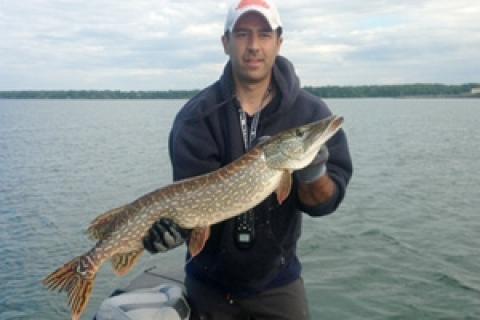
 Tube flies have long been a staple in fly angler's respected fly boxes all over the world. To this date, tube flies have been primarily used for salmon but these practical flies are now being adopted by fresh water anglers in need of large flies. Tubes can be useful to almost any fly angler apart from those wanting to use true dries or very small flies.
Tube flies have long been a staple in fly angler's respected fly boxes all over the world. To this date, tube flies have been primarily used for salmon but these practical flies are now being adopted by fresh water anglers in need of large flies. Tubes can be useful to almost any fly angler apart from those wanting to use true dries or very small flies.
Tube flies offer some pretty unique advantages over other standard fly types and can be adapted to catch almost any freshwater species. For larger game fish, tube flies are a great option as they can be tied with the size and bulk that you want without the extra weight. In addition to this, tube flies have an extremely useful feature in the fact they have a hook that is separate from the fly. This special setup can be useful in a variety of ways for the fly anglers.
First off, with this system fly anglers are able to change hooks at any time. After a few fish, fly hooks can become dull or bent (especially with pike and bass) and with traditional flies you would have to change the entire fly. With tube flies you can simply change out the hook and keep your lucky fly in the water. Another use is in heavy cover when you can replace your hook with a weedless version to keep your fly out of the snags. With the hook being separate, it also aids the angler in the limiting the fighting fish's ability to torque against the hook shank and throw the hook.
Although tube flies can be tied light to make them easier to cast, tube flies can also be tied heavy and compact to get down deep. Weighted beads and tube bodies get these flies down to where the big fish lay. Weighting the bodies of these tube flies allows flies to sink evenly rather than with a head first approach as with typical flies. If you plan on fishing deep areas with current this even sinking tactic gives a life like presentation to your flies.
Tube flies are simply another weapon in the fly angler's vest that allows us to catch a variety of fish in many different environments.
- 4139 views

